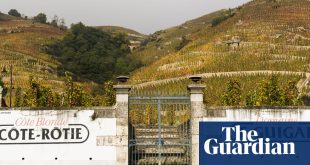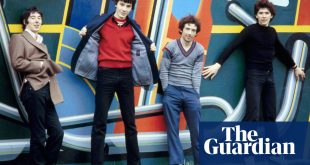Long before Covid, I was a fan of the snug, the booth, the alcove. Call me antisocial, but I prefer to focus on the pint than the bar-room bustle or “talent”. Consequently, Liverpool’s Bridewell pub has my ideal layout, with five cosy cells – formerly used to house miscreants – providing private, dimly lit spaces for a drinker with or without friends.
The pub was recently voted Liverpool’s best by Camra – despite stiff competition – and while the gong is mainly down to its impressive range of bottled, tap and cask ales, for me it also wins on historical interest. It’s in the Ropewalks area, just west of Chinatown, where rope-making and chandlery services were once provided to ships. The pub is inside an 1840s police station, which no doubt housed the occasional drunken sailor; the high red brick wall was designed to keep nosey parkers out and crooks in. Bridewells were prisons for petty offenders or houses of correction, named after the first such establishment in the former Bridewell Palace, near Fleet Street in London.

As well as a lock-up, the building served (allegedly) as a PoW camp, and, from the 1980s, a rehearsal space for local bands (including Frankie Goes to Hollywood and the Icicle Works), fine dining restaurant and cocktail bar. A plaque commemorates a story that Charles Dickens had himself sworn in as a special constable in Liverpool for one night in order to gather material for The Uncommercial Traveller.
We begin our walk at the Pier Head. A ferry port and bus station, it was built over George’s Dock, not far from the muddy inlet or Pool that gave the city its name. There’s a lot to take in here, including larger-than-life bronzes of the Beatles and Tom Murphy’s statue of naval hero Captain Johnnie Walker DSO, the Merchant Navy War Memorial, and the famous Three Graces that earned the city its Unesco world heritage status – as well as large, modern buildings that helped it lose it.
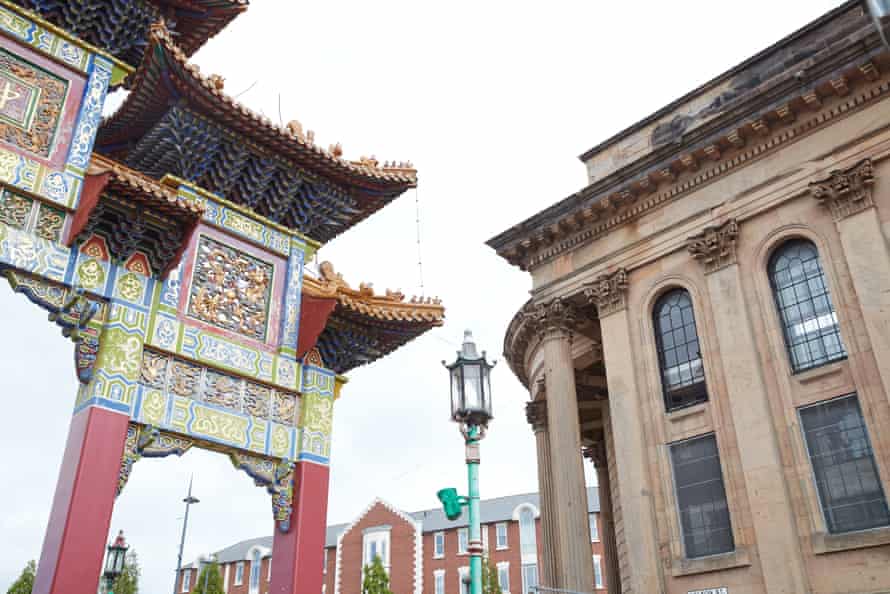
From here we head south, sticking to the waterside footpath, past the shops and museums of Albert Dock (opened in 1846), the exhibition centres and concert spaces of King’s Dock (1785) and the marina in Brunswick Dock (1832). You can’t but note the juxtaposition of handsome, austere old dock buildings and naff “show apartments”. A lot of so-so housing has been built close to the city centre – much of it in the 1980s when Liverpool thought it would always be poor and jobless – but at least the river isn’t awash with exclusive apartment blocks. Rising up behind are the two mighty Liverpool cathedrals, the Radio City Tower, and the stacked city centre.
At the entrance to one estate is a statue of John Hulley (1832-75), in which “Liverpool’s First Olympian”, AKA “the Gymnasiarch”, can’t seem to make his mind up between running away or boxing. For a spell, light industrial sites take over from housing, with bits of historical construction lost amid faceless developments. There are patches of wasteland. If this was Spain, or London’s South Bank, it would be lined with restaurants or terrace cafes. On the Mersey, there’s a Chinese and a pub.
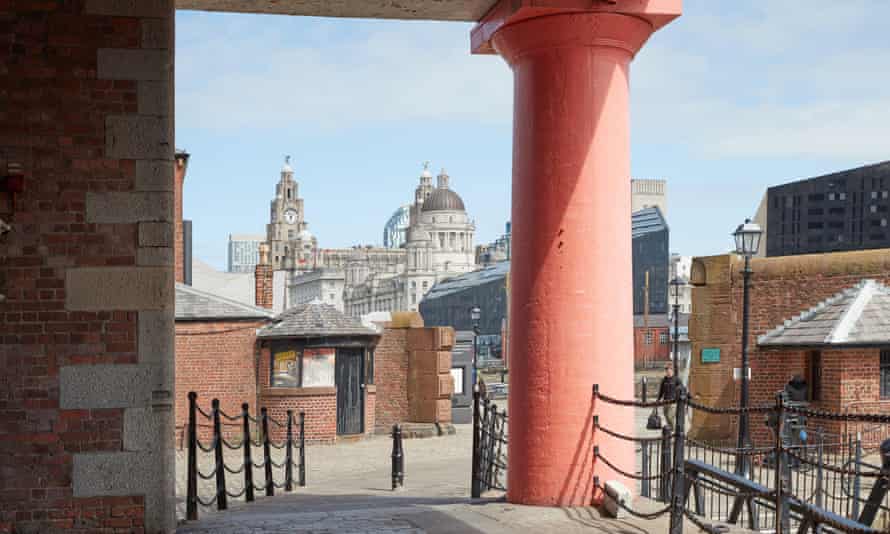
Across the river are the two doors of Camell Laird’s shipyard and the Tranmere Terminals where oil is offloaded and, hazy in the distance, the refinery at Stanlow – as celebrated in the OMD song Stanlow. With binocs you can see Eastham on the Wirral, where the Manchester Ship Canal begins. Maritime history is everywhere; handy information signs point out that this stretch of the riverside used to be the Harrington and Herculaneum docks. A redbrick clock tower is all that remains of Toxteth Dock. Looking inland, you’ll see long rows of terraces atop a cliff; it’s the Dingle, as featured in TV series including Boys from the Blackstuff and Bread. The docks were built mainly on reclaimed land.
If all the visual prompts become a bit much, there’s always the river itself, always flowing, always changing. I caught it at half-tide on a glorious, cloudless day, with exposed mudflats creating shimmering islands. The Mersey is wide enough to absorb the mindful gaze when you’re walking and overthinking. There are plenty of places to sit down, watch the anglers and strollers, or catch the sun.
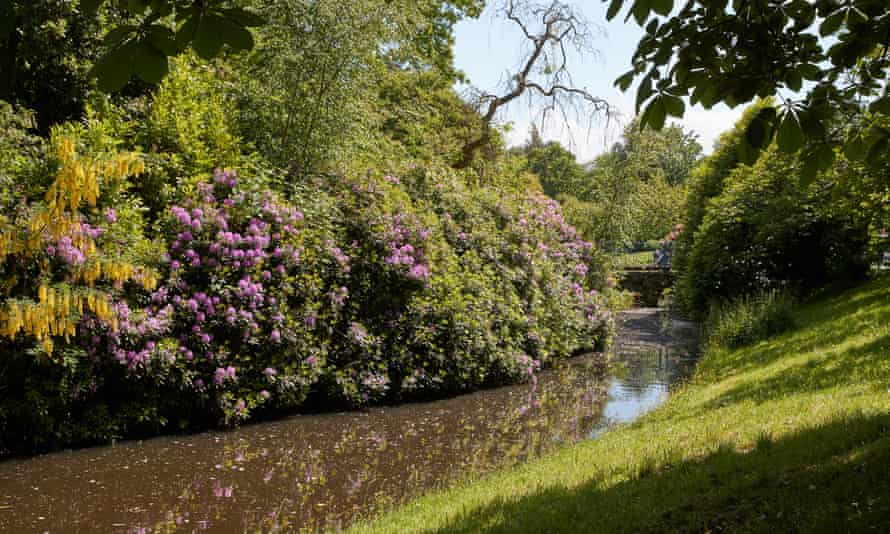
The views become broader passing the Festival Gardens site, created in 1984 as part of Michael Heseltine’s ambitious regeneration plan for Liverpool when he was minister for Merseyside. The site is being turned into yet more riverside housing. The thoroughfare here, known as Otterspool Promenade, also opens out, attracting more pram-pushers, cyclists, skaters and scooters.
It’s possible to carry on along the river all the way to Speke Hall, but it’s quite a slog. I veer inland off the promenade to see something of the inner city. Any route back is interesting, because Liverpool’s districts are a rich mix of houses and people, but I’d recommend going via St Michael-in-the-Hamlet, Sefton Park (bearing left at the ice-cream parlour), Lawrence Road, Crown Street Park, the Georgian Quarter and Chinatown. The route shows up Liverpool’s hotch-potch of housing, from Victorian piles to student blocks in the “Knowledge Quarter”, and its cultural diversity (Sikh temples, Chinese pagodas, African barber’s shops, Halal supermarkets), and brings home the clamour and chaos of urban environments and the plain truth that the river is a balm and a release.
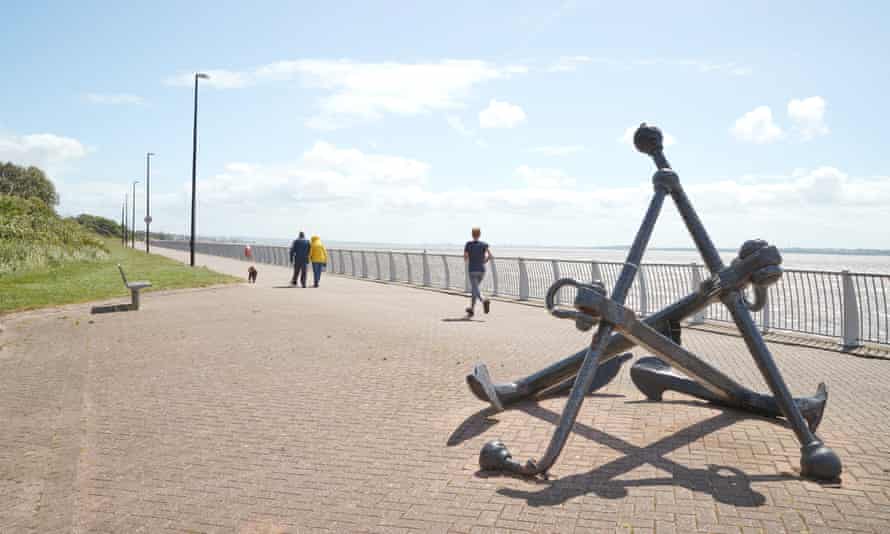
Google map of the route
Allow Google content?
This article includes content provided by Google. We ask for your permission before anything is loaded, as they may be using cookies and other technologies. To view this content, click ‘Allow and continue’.
Start Pier Head
Distance 9 miles
Time 4 hours
Total ascent 235 metres
Difficulty Moderate
The pub
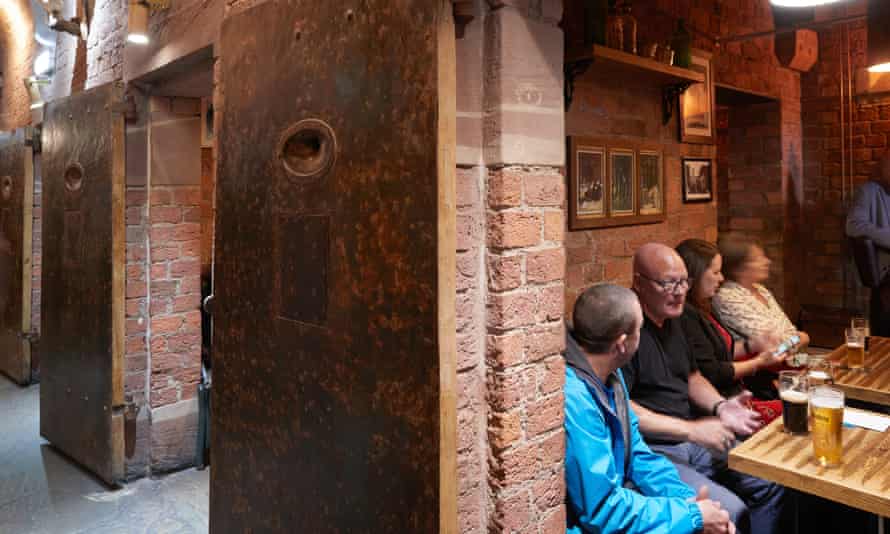
The Grade ll-listed Bridewell was taken over in 2019 by Fiona and Dominic Hornsby. “Pubs should be at the heart of the community they operate in, and we have tried really hard to do this,” says Fiona. As well as the Camra award, the pub was shortlisted in the Liverpool City Region Tourism awards for Pub of the Year – which was won by their other pub, The Denbigh Castle.
It stocks cask, continental and craft beers. “We also, for a laugh, try and find as many little-known spirits for the bar to add a bit of colour,” says Fiona. There are wine, gin, beer tastings, quiz nights, TV sport – Fiona is a keen Evertonian, Dominic a St Helens rugby league fan, both love the gee-gees – and afternoon talks by the likes of former league player Adrian Morley and, coming soon, Andy Gray. There’s a lovely enclosed terrace and seating out on Campbell Square.
thebridewellpub.co.uk
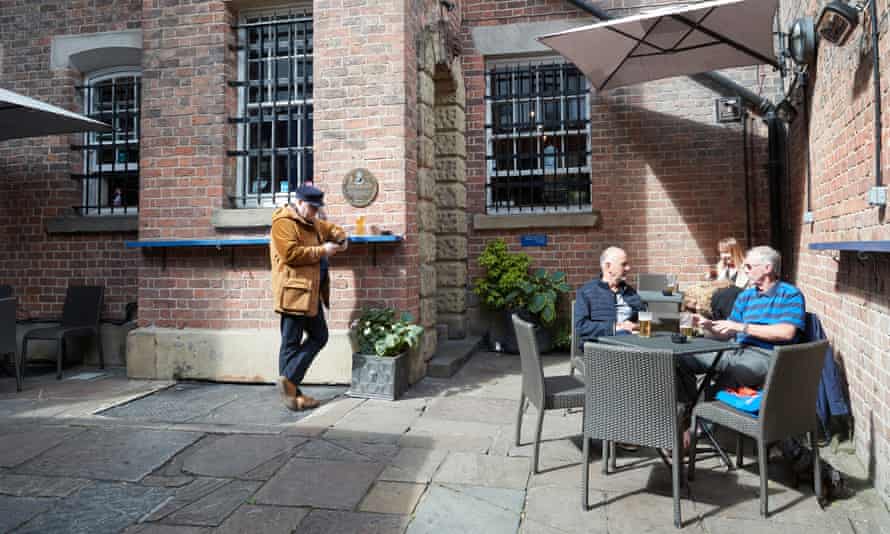
Where to stay
The Lock & Key is in a Georgian townhouse conversion with 14 smart bedrooms created in partnership with designers House of Sloane. The period-style decor has contemporary touches, and features botanical wallpapers, velvet headboards and, in some rooms, a drinks trolley. There’s a great breakfast/brunch menu (full brekky £8.50, granola £6); burgers, pizza and pasta served for dinner, and a cocktail bar.
Doubles from £85 room-only, lockandkeyhotels.com
 Top Naija News: Nigerian News, Breaking News Nigeria and World News Top Naija News is a daily news publication in Nigeria, delivering the latest breaking news in Nigeria and around the world.
Top Naija News: Nigerian News, Breaking News Nigeria and World News Top Naija News is a daily news publication in Nigeria, delivering the latest breaking news in Nigeria and around the world.


